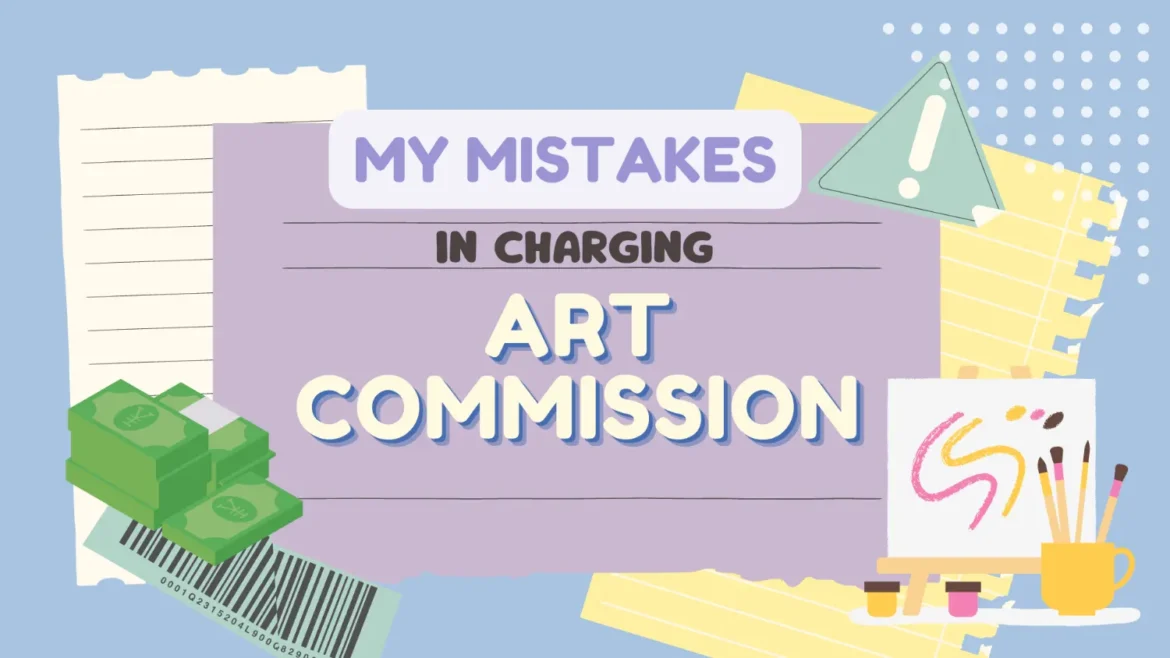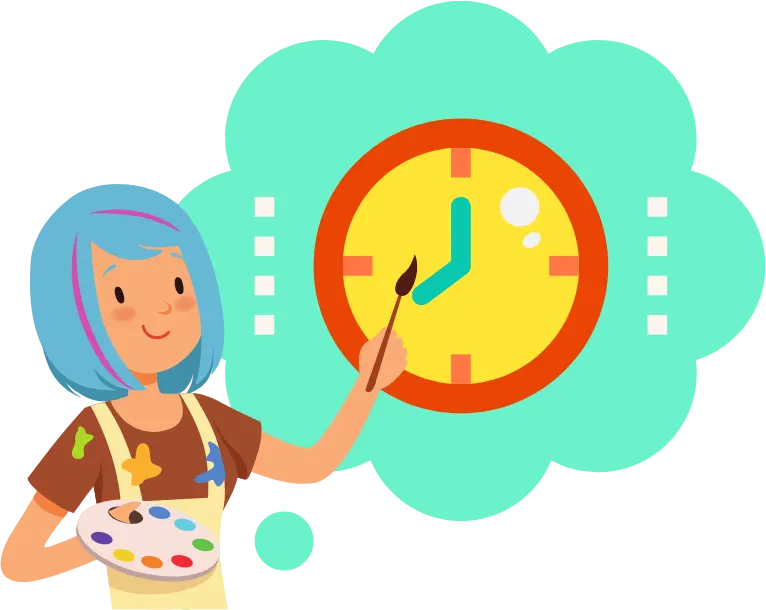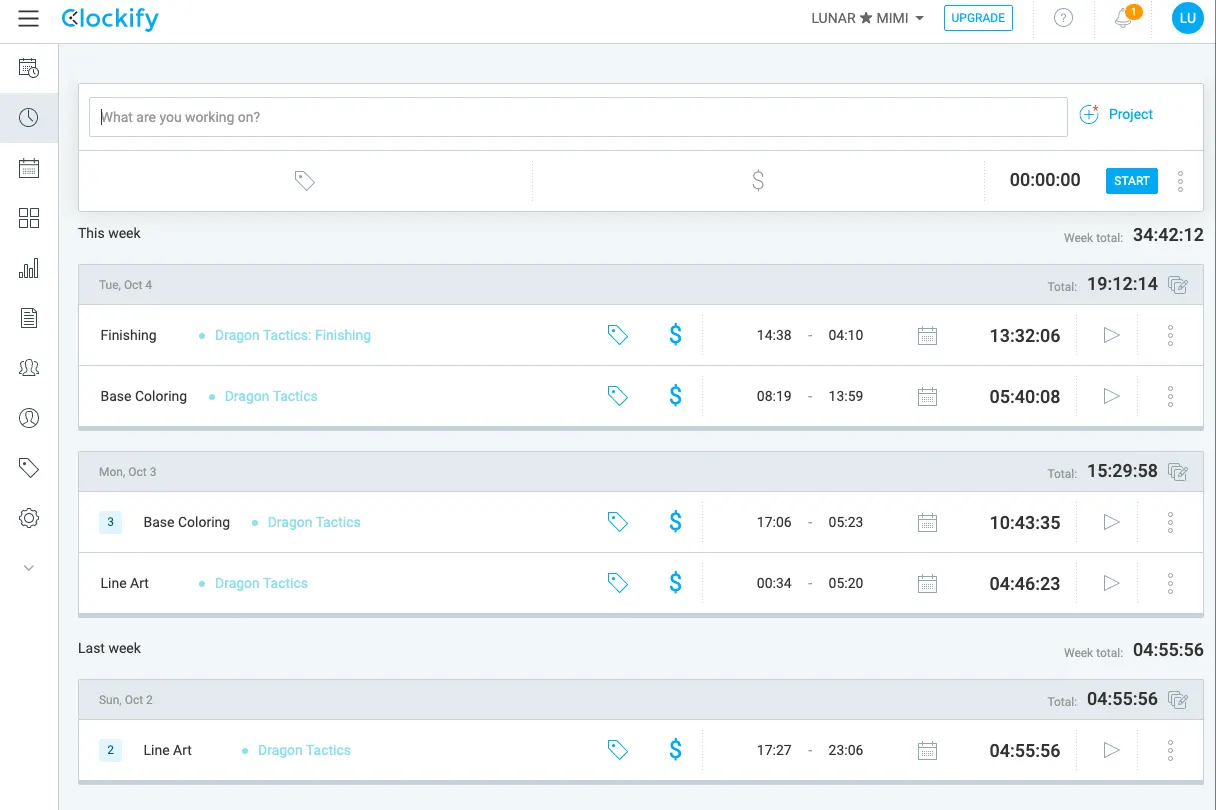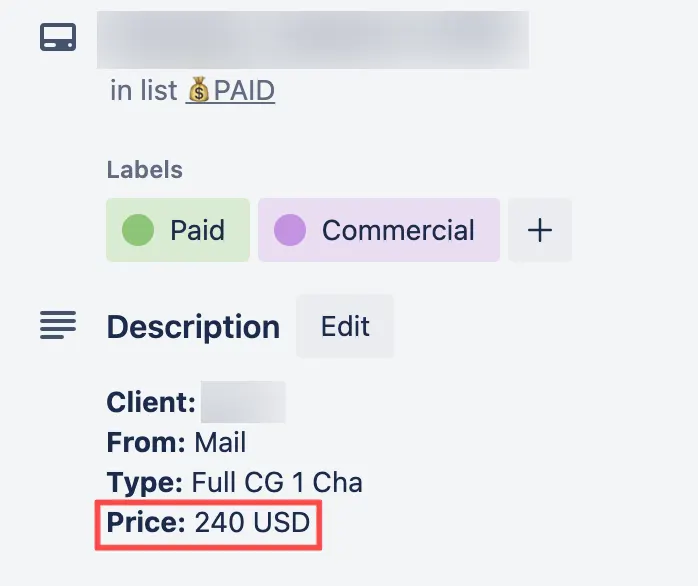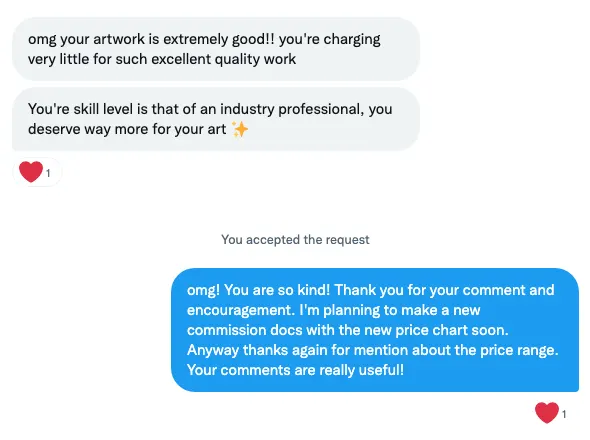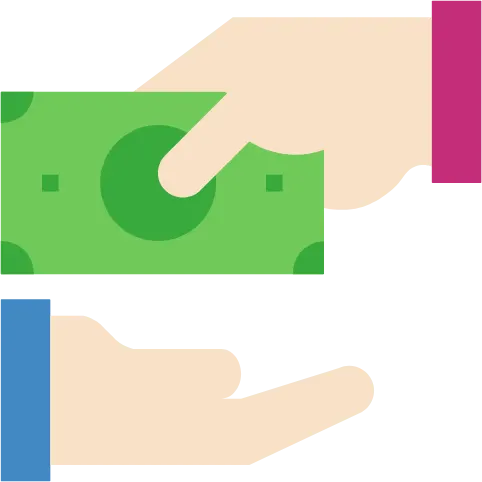Art commissions are one wonderful way for an artist to earn money. You get to create custom artwork for people, and they get to have a one-of-a-kind piece of art. It's a win-win!
However, there are a few things to keep in mind before starting your commission, especially when pricing your art commission.
I've been doing digital art commissions for a while now. As an artist, I've made a lot of mistakes when it comes to charging for my digital art commissions.
I'm not proud of them, but I've learned from them. I'd say I learned the hard way. Therefore, I'd like to share what I've learned with other artists who are going to start accepting commissions so they don't make the same mistakes I made.

Mistake #1: Didn't calculate the estimated hours spent I use to deliver the commission
I didn't track the estimated hours I spent on a project, and this caused me a lot of problems. I had to backtrack and try to figure out how much time I had actually spent, which was a huge waste of time.
Plus, it's so awkward that I can't even answer the question from my follower about how much time it takes to finish a piece of artwork since I can't remember.
As an artist, it's important to be able to track working hours in order to ensure that you're being paid fairly for your commissions.
If you don't calculate your working hours, you may end up working more than you're supposed to. This can lead to fatigue and burnout, which can negatively impact your work performance. Additionally, you may not be able to take advantage of opportunities to take breaks or rest, which can also affect your health and well-being.
You need to consider the time it will take you to create the piece. Make sure to factor in not only the time it will take to create the art but also any additional time it will take to make revisions, if needed.
Solution: Track your working time to price your work
If you're a Notion user like me, Clockify is a great FREE tool for this!
It allows you to integrate your time tracking with Notion on Chrome so that you can start and stop the timer with just a few click.
Clockify will categorize your time on each project. This makes it easy to see how much time you've spent on each task and makes it easy to bill your clients. It will help you stay on top of your hours and avoid any potential disputes down the line.

Mistake #2: Not charging enough
The biggest mistake I made was undervaluing my products and services.
The image below shows the first time I opened my commission. I don't know how to charge, therefore I charge 240 USD for the whole illustration image, which takes me approximately 30++ hours to do. That implies I was paid 10 USD per hour…
If you don't calculate your working hours, you may end up working more than you're supposed to. This can lead to fatigue and burnout, which can negatively impact your work performance. Additionally, you may not be able to take advantage of opportunities to take breaks or rest, which can also affect your health and well-being.
You need to consider the time it will take you to create the piece. Make sure to factor in not only the time it will take to create the art but also any additional time it will take to make revisions, if needed.
This is the most serious error I've made in my freelancing career…
Why was I charged less than the minimum wage…
As a result, I ended up working for far less than I deserved and having to draw too much in one month to cover all the bills.
I have had to postpone some projects for a long time since my work was overloaded. This made me so sad because I had to let some clients wait so long because of the workload of other projects.
One of the wakeup calls for me was a DM I got on Twitter. They'd seen my commission price chart and kindly told me that I could have charged more.
This made me realize that I need to be more mindful of my prices and to make sure that I am charging what I am worth for them.
When one works so hard for so little, it can lead to burnout.
You have to draw too much to cover all of the bills each month. This can then lead to mental health problems and physical health problems. It's simply not worth it! You need to take care of yourself, and your health should be your number one priority.
So how should we price it?
Solution: Setting your price based on your hourly rate and margin
When setting your price, you'll need to consider your hourly rate and your margin. There may be so many ways to price your art commission, but I think this way works the most for me.
As a professional, it is important to add a margin to your commission price in order to account for your time, experience, and overhead costs.
Overhead costs include your food bills, electricity bills, rental bills, drawing software subscription fees, drawing tablet and PC depreciation, and any other costs associated with the creation of your artwork. Don't charge below the cost. It will be hard to make a living if you charge less than the cost.
By doing so, you are able to provide a higher level of service and value to your clients. Additionally, it allows you to stay competitive in your field and maintain a healthy business.
Basically, the margin charge is an average of 10%-15% of your total price. The margin you charge can vary and depends on these things:
- Your work experience
- Your popularity
- Your art quality
- The details of the illustration
Be sure to factor in your monthly expenses. If your prices are too low, you may not be able to cover your bills.
This can lead to financial difficulties down the road. Keep your prices competitive, but be sure to leave yourself a cushion to cover your costs.
Time is equal to money. You have a limited amount of time in any given month, so it's important to be aware of pricing your commissions and be selective when choosing the work you'll take on.
Don't feel like you have to accept every offer that comes your way. Instead, learn to choose your clients wisely and reject work that isn't a good fit.
However, I didn't recommend you raise your price too much to overcharge the clients. Just be clear and honest in your pricing so that your customers know what to expect and can make informed decisions.
Most of all, make sure you're pricing yourself fairly, so you're making a profit while still providing a fair price to the client.
I've created this calculator for you to calculate how much you should price your art.
By inputting a few simple pieces of information, you'll be able to determine a fair and accurate price for your artwork. This will help ensure that you're able to sell your pieces and make a profit, while also ensuring that your buyers are happy with their purchase.
P.S. You can take a look at this document and see the hourly/monthly rate of the artists and animators around the world to see if you get fairly paid.

Mistake #3: Copy exact the same pricing as a similar artist
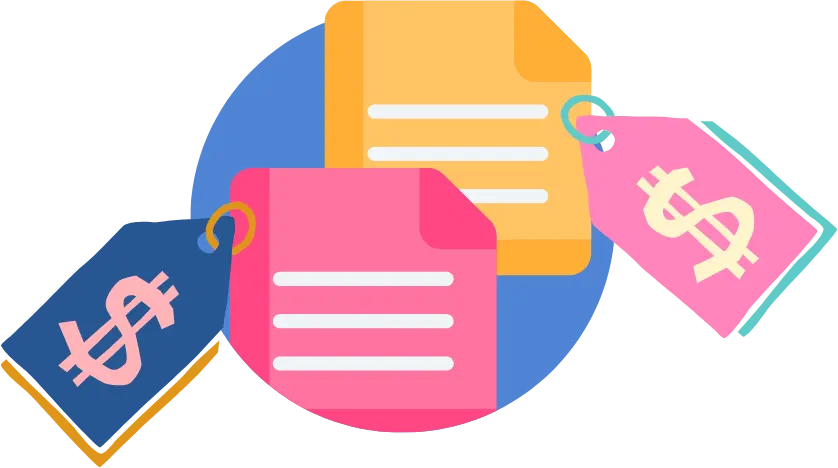
Solution: Don't copy but use similar artist pricing as a reference
It is important to be aware of the competition and to know your own worth.
While it may be tempting to copy the commission pricing of a similar artist, it is important to remember that you and they do not have the same status.
As such, you should price your commissions according to your own unique value. This will ensure that you are able to attract the right clients and make a fair profit.
My solution is to use other artists' price charts as a reference and develop my own offers and price rates based on my personal value and condition.
For example, if you specialize in drawing emotes and chibis, you may seek out other artists who do the same.
Examine their pricing and artwork quality and how they classify their price chart.
Then consider your area of expertise. You can create a package for the clients to make it easier to understand, similar to how they order food from a menu. Then create your own price chart based on your art quality and overhead expenses.

Mistake #4: Didn't charge upfront
I used to accept commissions on Deviantart. I didn't charge upfront, but rather relied on clients to pay me after I completed the sketch.
Unfortunately, some clients leave the project and never pay me for the sketch. This was frustrating and led to me wasting my time doing a job that I never got paid for.
Solution: Charge the client at least a half payment upfront before starting
Nowadays, I only accept work if the client pays at least half upfront.
This helps reduce the risk of fraud. Be sure to ask about their payment policy on charging upfront. Protect yourself by being clear about what you expect to be paid, and don't work with someone who doesn't pay at least half upfront.
You may make an exception if you have a highly trustworthy client, such as a large corporation or a repeat customer. (However, you must do so at your own risk.)

In conclusion, I've made my fair share of mistakes when it comes to digital art commissions. I've learned the hard way that setting the right price is crucial. If you charge too little, you'll end up resentful and burned out. If you charge too much, you'll miss out on potential customers.
I've found that the sweet spot is somewhere in the middle. You need to find a balance between what you're worth and what your potential customers are willing to pay. It's not always easy, but it's worth it to get it right.
So, if you're thinking about setting prices for digital art commissions, take your time, do your research, and be honest with yourself about your worth. I hope you find this article helpful and get some new ideas on how to price your artwork.
Finally, if you like art tips and content like this, feel free to subscribe to my weekly newsletter: !
I share my anime art tips and experiences in my digital art career in a weekly email. You'll get the insight and behind the scene of the art career! Really recommend if you're a beginner anime style artist.
Thank you so much for reading this post! I really appreciate your visiting and using your valuable time reading my content!
Much Love 💖
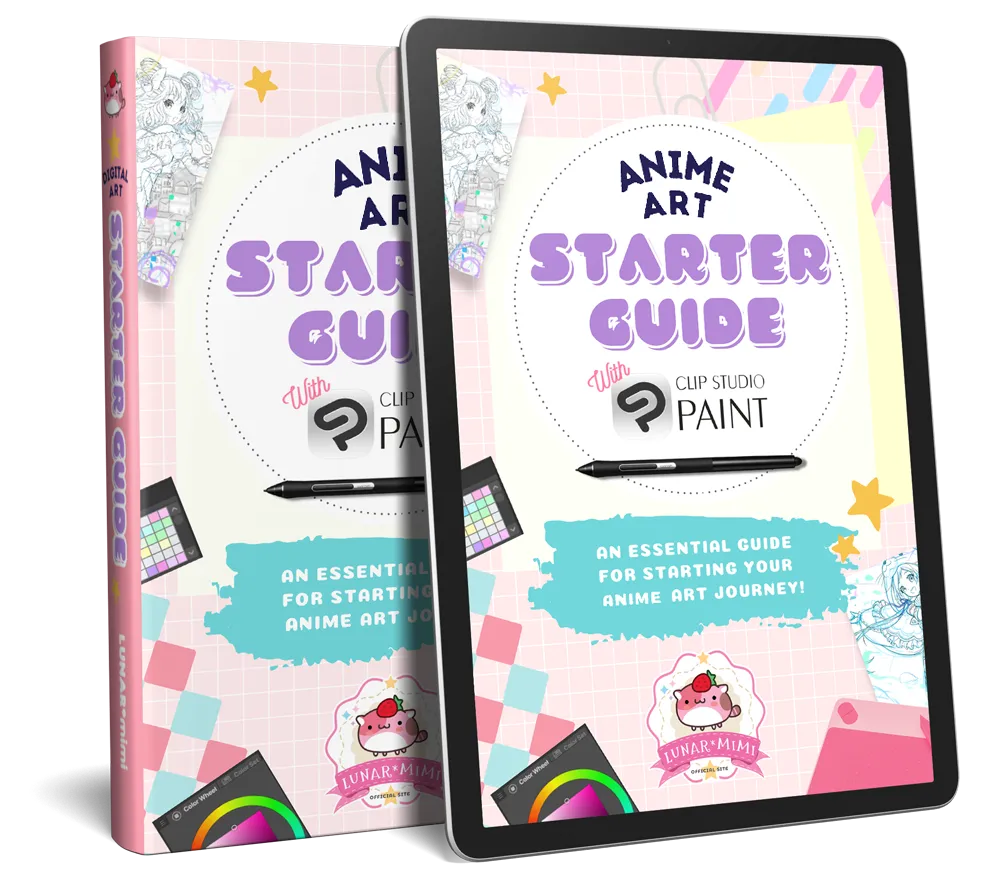
Want to know how to start your anime art journey?
Download my ANIME ART STARTER GUIDE and start your artistic path right away for FREE!



























